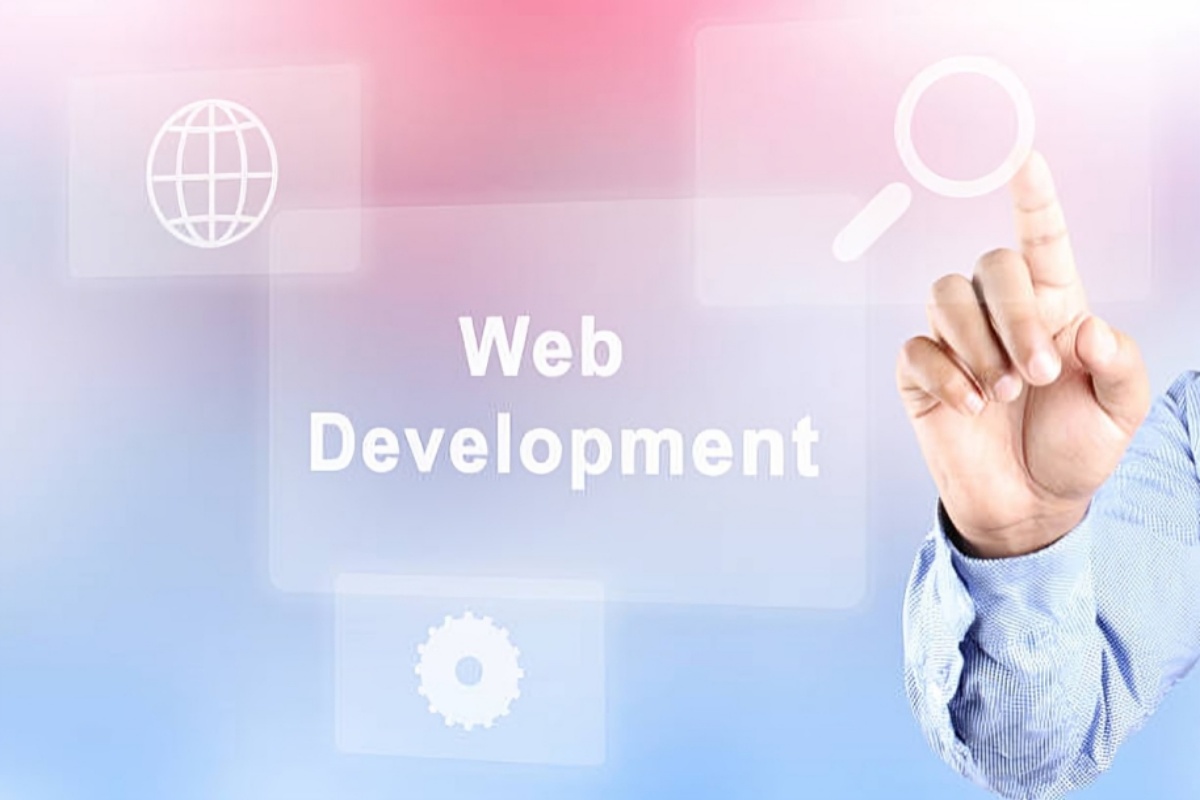In today’s digital world, web development is one of the most in-demand and rewarding career paths. Whether you dream of building sleek websites, creating dynamic web apps, or launching your own startup, learning web development is the first step toward turning that dream into reality.
This blog post will serve as your ultimate guide to getting started with web development. We’ll walk you through the essential concepts, tools, and resources you need, step-by-step, even if you have no prior experience.
Table of Contents
- What is Web Development?
- Frontend vs Backend vs Full Stack
- Tools You Need to Get Started
- Learning the Frontend (HTML, CSS, JavaScript)
- Diving Into Backend Development
- Understanding Databases
- Version Control and GitHub
- Building Projects and Your Portfolio
- Best Resources to Learn Web Development
- Final Thoughts
1. What is Web Development?
Web development refers to the process of creating websites and web applications that run on the internet. It involves everything from building simple static pages to complex web-based applications, e-commerce platforms, and social media networks.
At its core, web development involves:
- Writing code to build websites and apps
- Designing user interfaces (UI) and user experiences (UX)
- Connecting to databases and servers
- Managing domains and hosting
2. Frontend vs Backend vs Full Stack
Before diving in, it’s essential to understand the three main areas of web development:
Frontend Development
Also known as the “client-side,” this is what users see and interact with on a website. Frontend developers work with:
- HTML (structure)
- CSS (styling)
- JavaScript (interactivity)
Backend Development
This is the “server-side” of the website, where the logic, database interactions, and server configuration happen. Backend developers use:
- Languages like Node.js, Python, PHP, Ruby, or Java
- Databases like MongoDB, MySQL, PostgreSQL
- APIs and server frameworks
Full Stack Development
A full stack developer handles both frontend and backend development. This role requires a well-rounded skill set and is in high demand.
3. Tools You Need to Get Started
To begin your journey, you’ll need to set up a few basic tools:
- Code Editor: Use Visual Studio Code (VS Code) for writing code.
- Browser: Google Chrome with developer tools is widely used.
- Terminal/Command Line: Essential for running scripts, installing packages, and using version control.
- Package Managers: Tools like npm or yarn help manage libraries and dependencies.
4. Learning the Frontend (HTML, CSS, JavaScript)
Start with the foundation of all websites:
HTML (HyperText Markup Language)
Defines the structure of web pages with elements like headers, paragraphs, links, images, and more.
htmlCopyEdit<!DOCTYPE html>
<html>
<head>
<title>My First Website</title>
</head>
<body>
<h1>Hello, World!</h1>
</body>
</html>
CSS (Cascading Style Sheets)
Handles the design and layout of web pages—colors, fonts, spacing, and responsiveness.
cssCopyEditbody {
background-color: #f0f0f0;
font-family: Arial, sans-serif;
}
JavaScript
Adds interactivity like sliders, dropdowns, forms, and more. It’s the most important programming language for frontend development.
javascriptCopyEditdocument.querySelector("h1").addEventListener("click", function() {
alert("You clicked the heading!");
});
Recommended Learning Path:
- HTML basics → semantic elements → forms
- CSS styling → Flexbox & Grid → Responsive design
- JavaScript fundamentals → DOM manipulation → Events → APIs
5. Diving Into Backend Development
Once you’re comfortable with the frontend, start learning backend development.
Popular Backend Languages & Frameworks:
- JavaScript (Node.js + Express.js)
- Python (Flask, Django)
- PHP (Laravel)
- Ruby (Ruby on Rails)
What to Learn:
- Server setup and routing
- RESTful APIs
- Authentication and security (JWT, OAuth)
- Connecting to databases
- CRUD operations (Create, Read, Update, Delete)
6. Understanding Databases
Databases are where data is stored and retrieved.
Two Main Types:
- Relational Databases (SQL): MySQL, PostgreSQL
- NoSQL Databases: MongoDB, Firebase
Learn how to:
- Design database schemas
- Write queries
- Connect databases to backend code
- Prevent SQL injection and secure data
7. Version Control and GitHub
Version control helps manage changes in your code. Git is the most widely used version control system.
Learn How To:
- Initialize a Git repository
- Commit and push changes
- Create branches
- Use GitHub to host and showcase your projects
bashCopyEditgit init
git add .
git commit -m "Initial commit"
git push origin main
GitHub also acts as your developer portfolio and collaboration hub.
8. Building Projects and Your Portfolio
Theory only takes you so far. To truly learn, you need to build.
Beginner Project Ideas:
- Personal portfolio website
- To-Do List App
- Weather App (using an API)
- Blog or CMS
- Simple e-commerce site
Tips:
- Start small, then iterate.
- Add one new concept per project.
- Host your projects on GitHub and deploy them (using Netlify, Vercel, or GitHub Pages).
9. Final Thoughts
Starting web development might feel overwhelming at first, but remember—every expert was once a beginner. Take one step at a time, build real projects, and don’t be afraid to make mistakes. The more you code, the more confident you become.
Here’s a suggested roadmap for the first 3 months:
- Month 1: HTML, CSS, basic JavaScript
- Month 2: Intermediate JavaScript, Git, build projects
- Month 3: Choose backend + database, create full stack apps
Whether you’re looking to freelance, land a job, or build your own product, learning web development is one of the most empowering skills you can acquire.
So open your code editor, and let’s start building the web!

